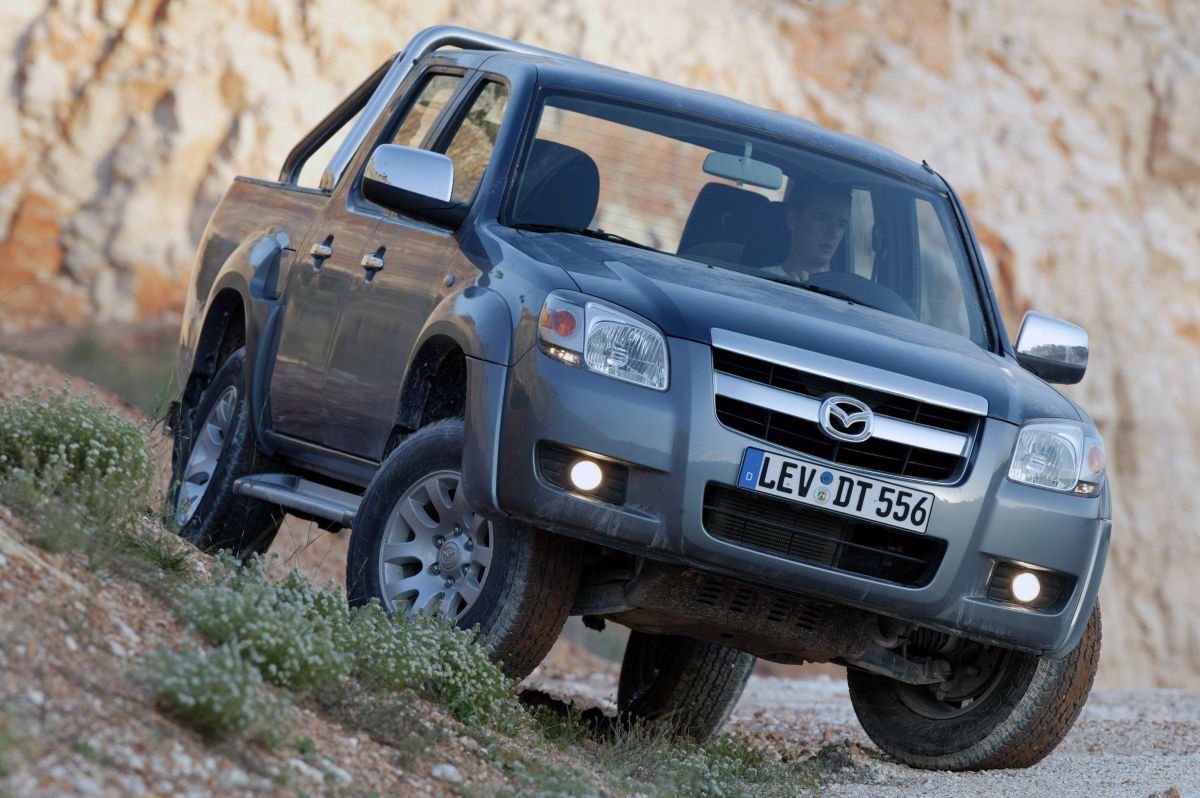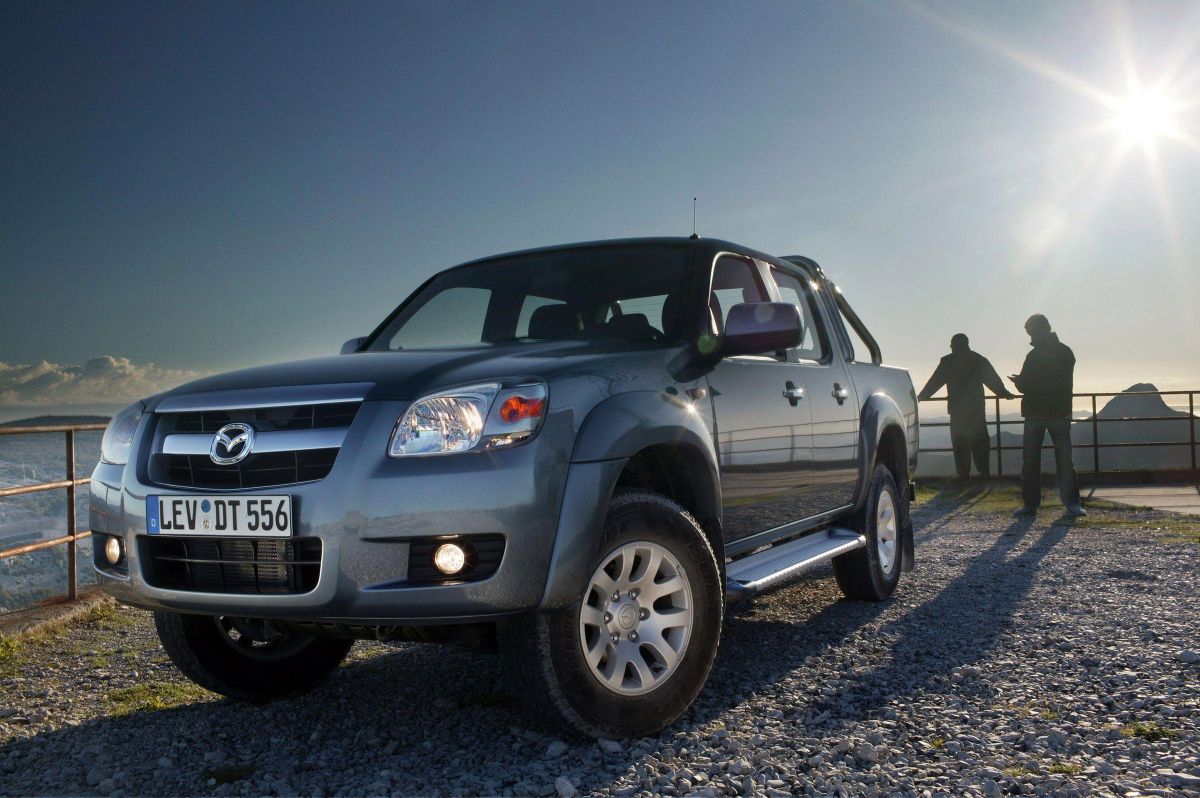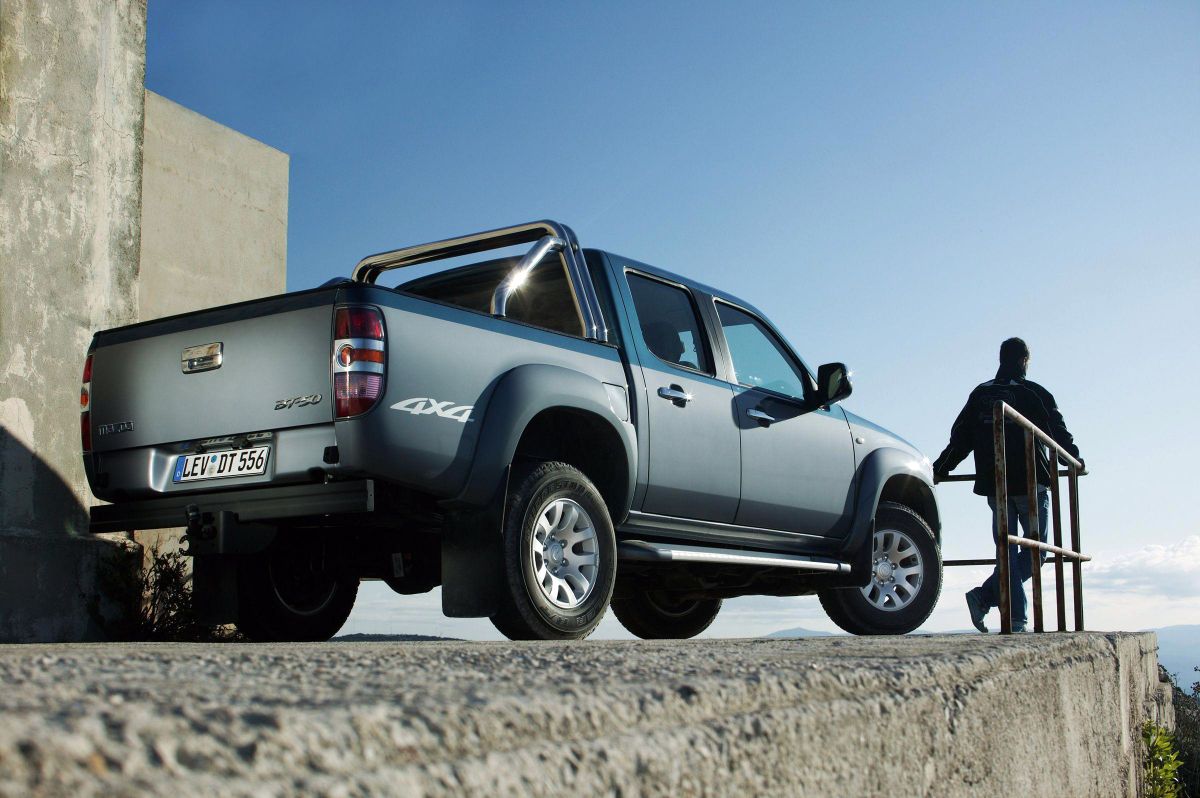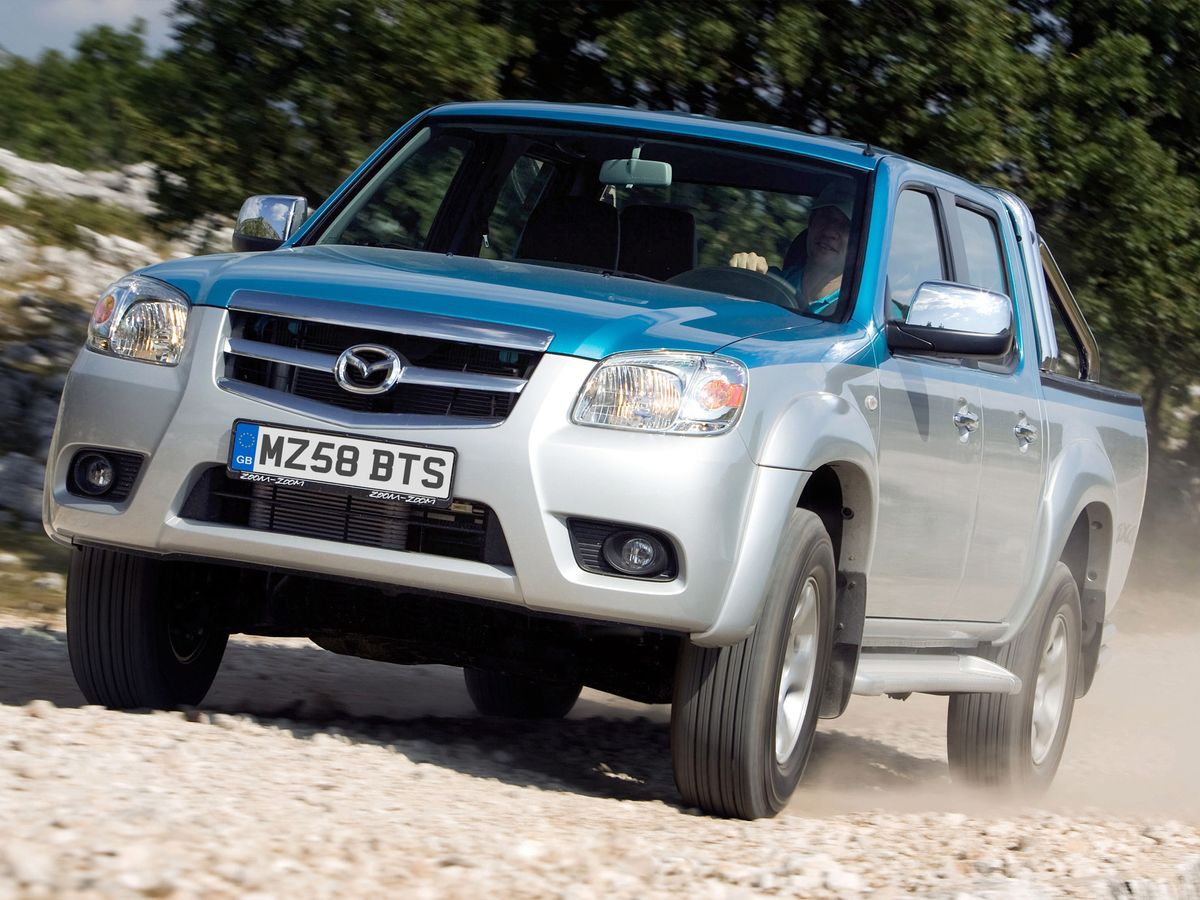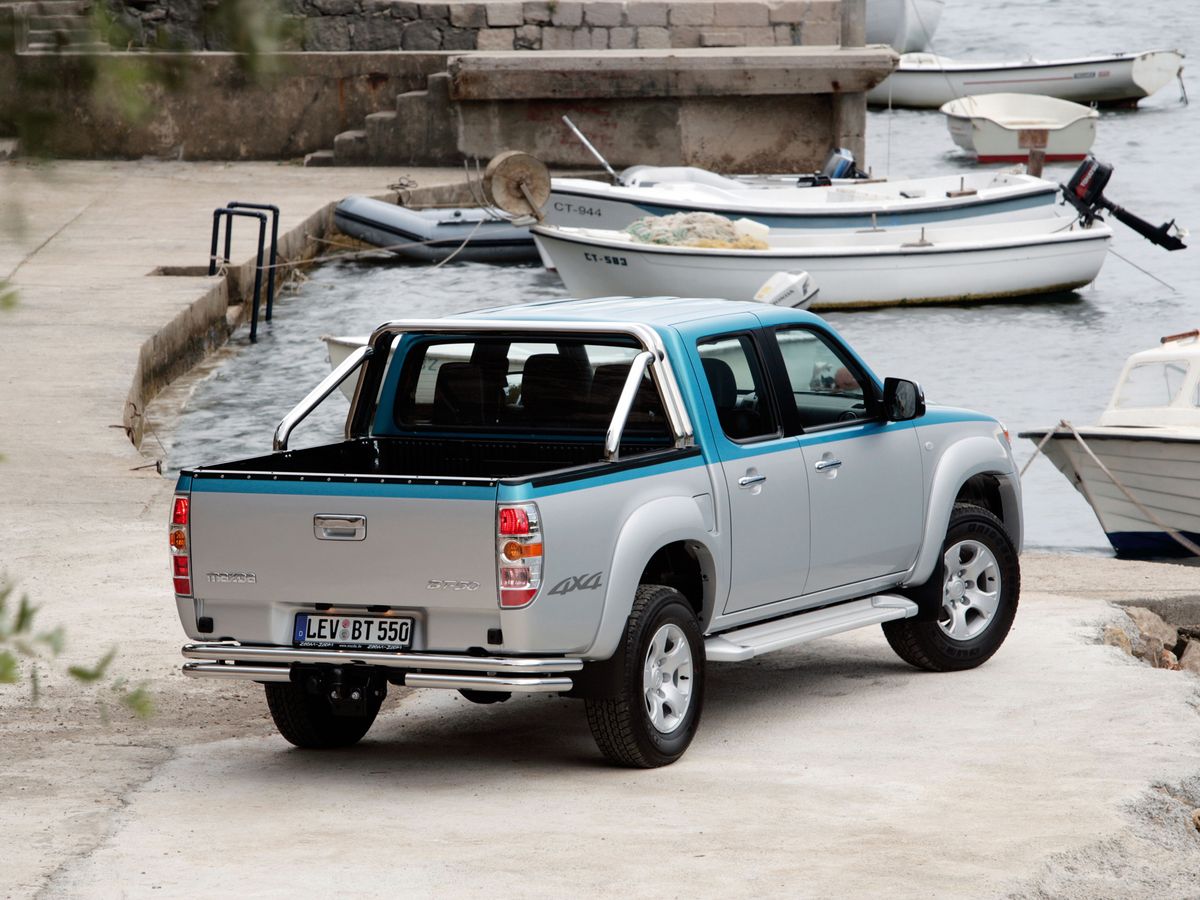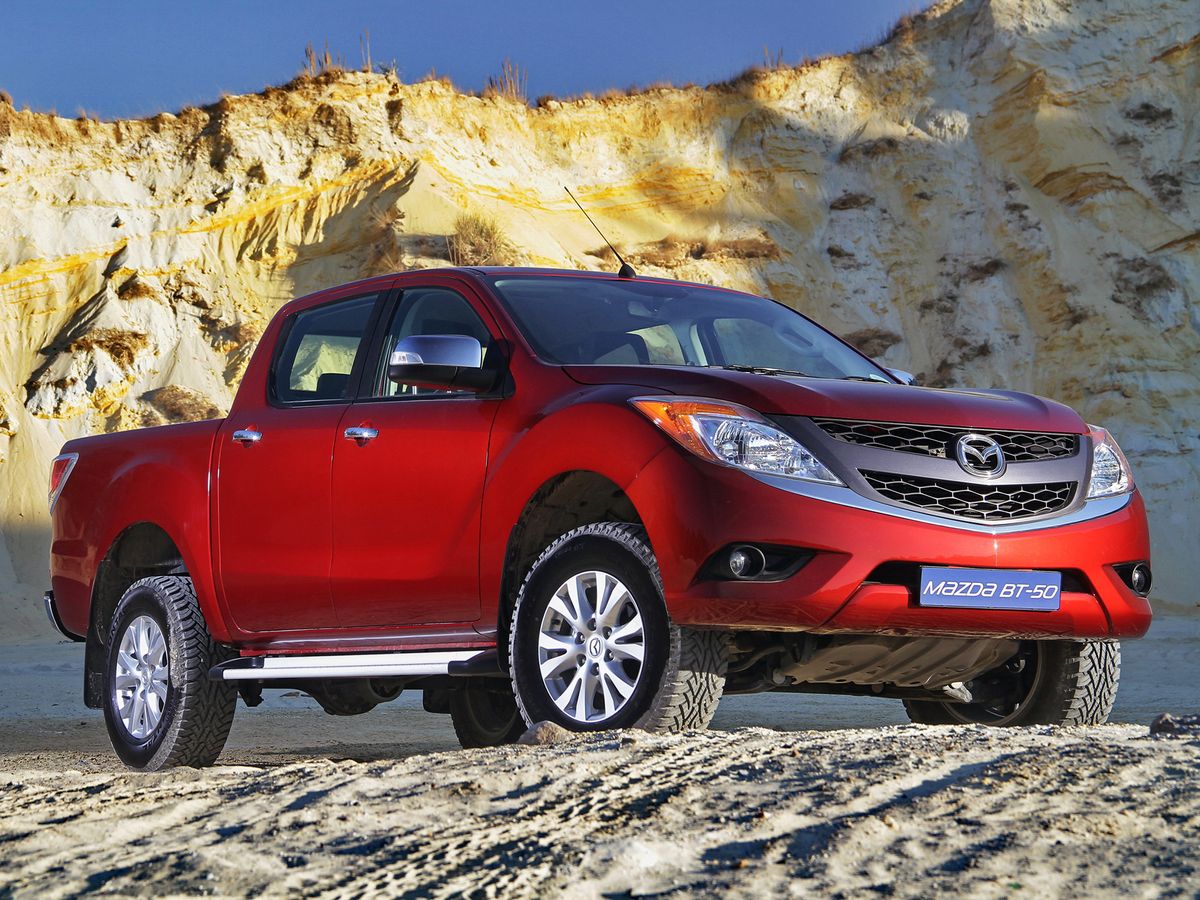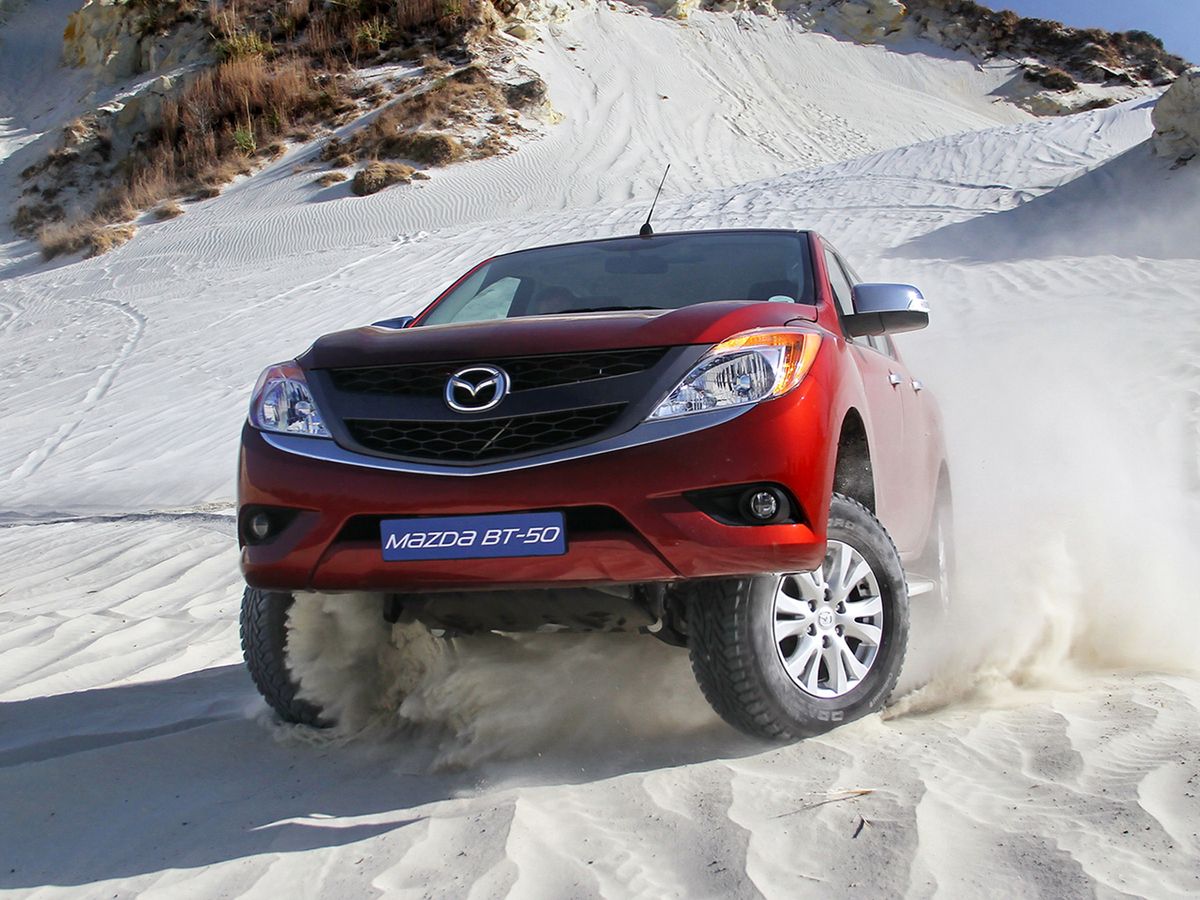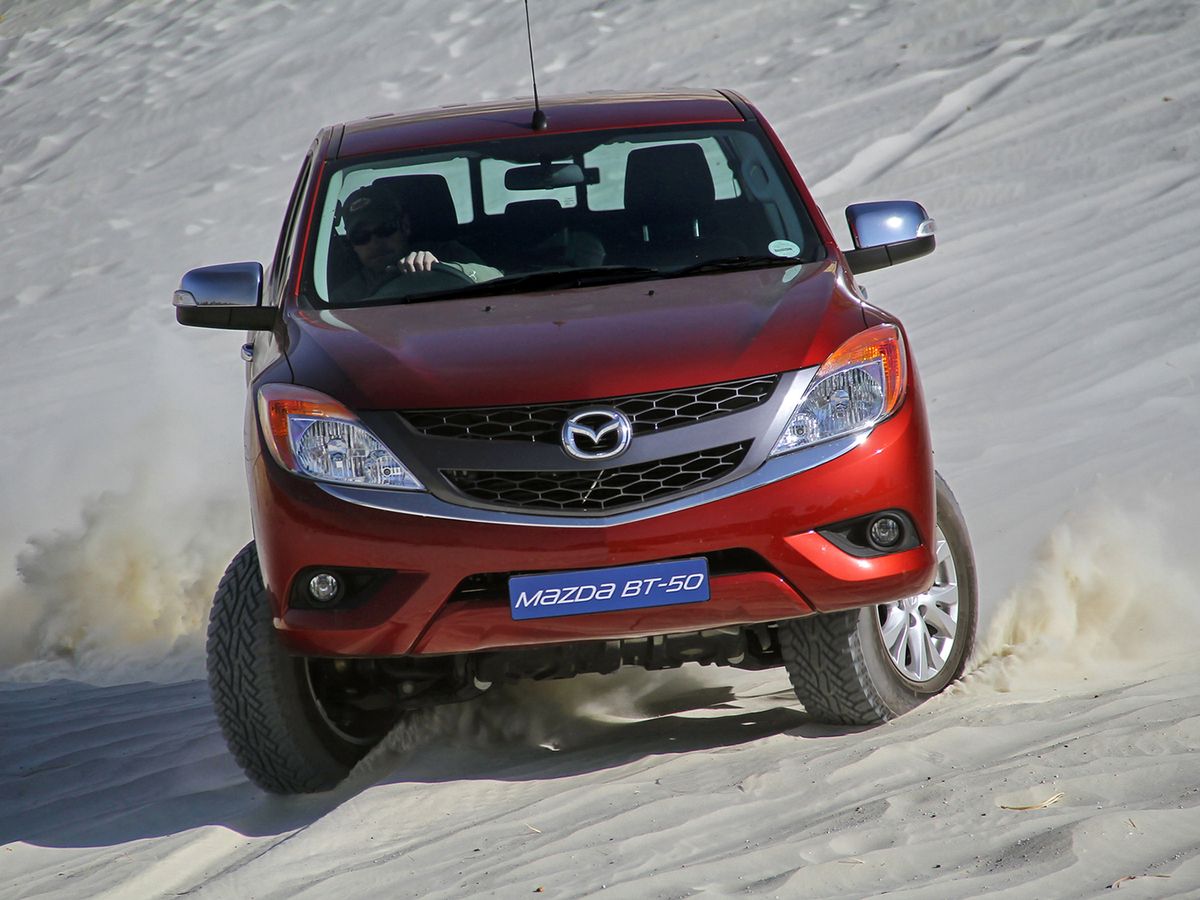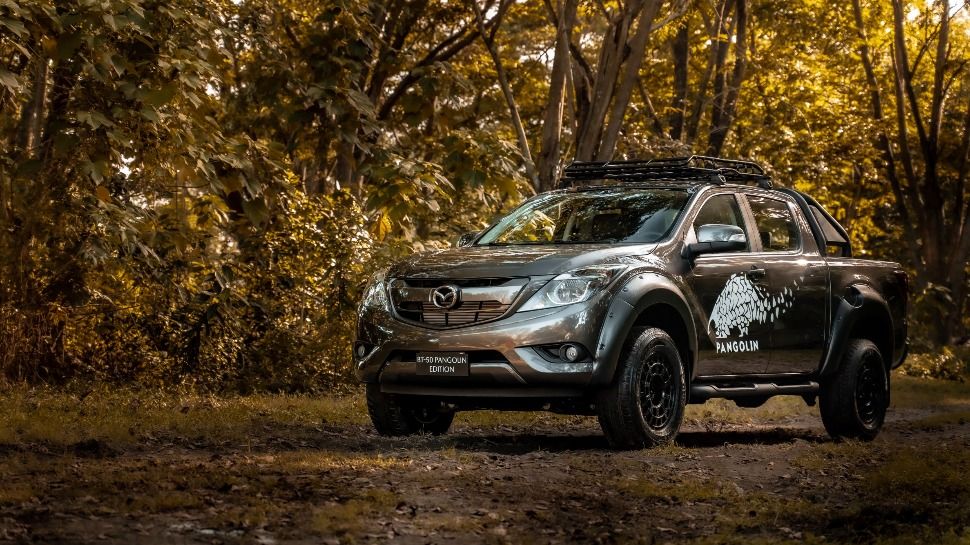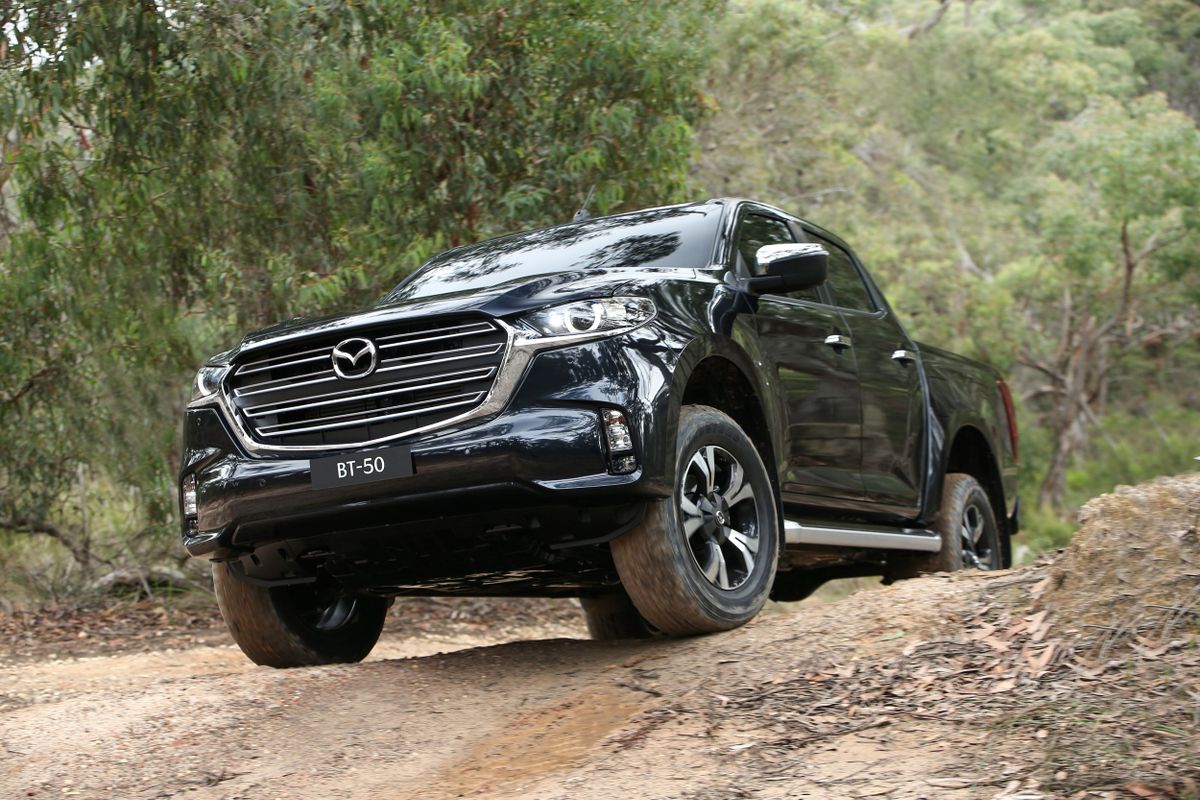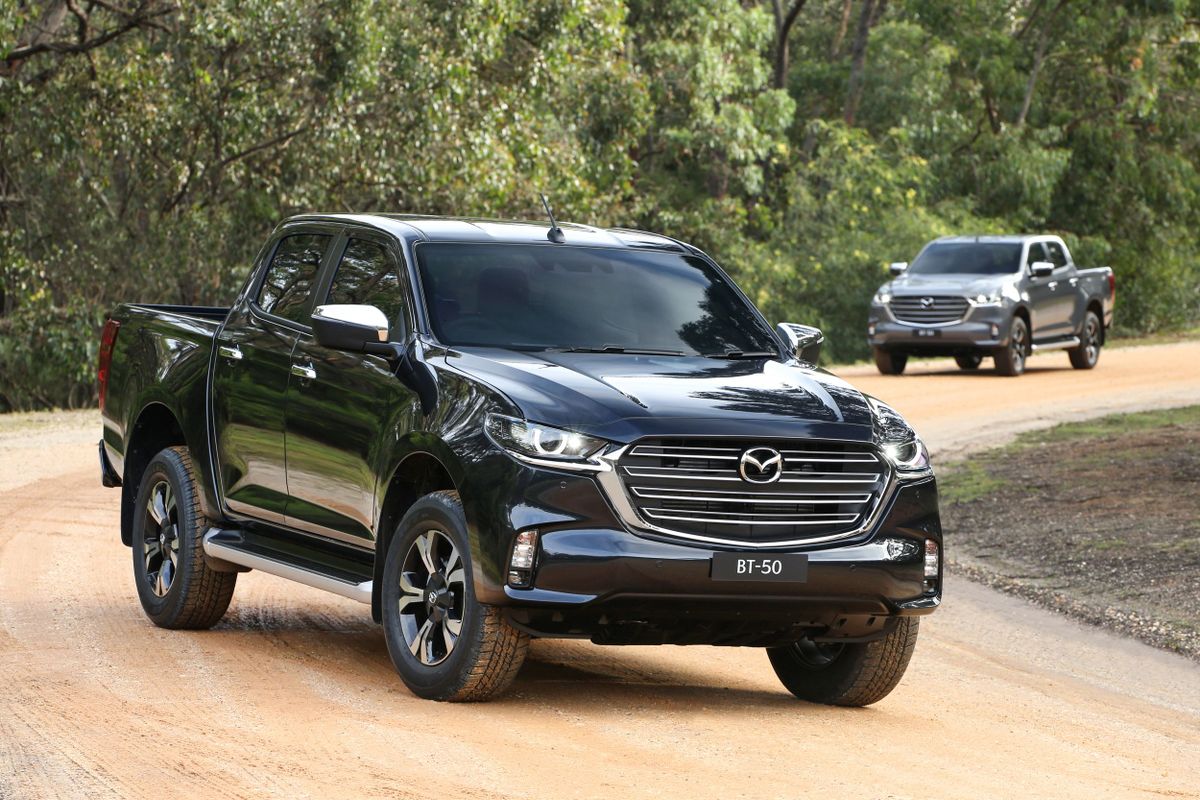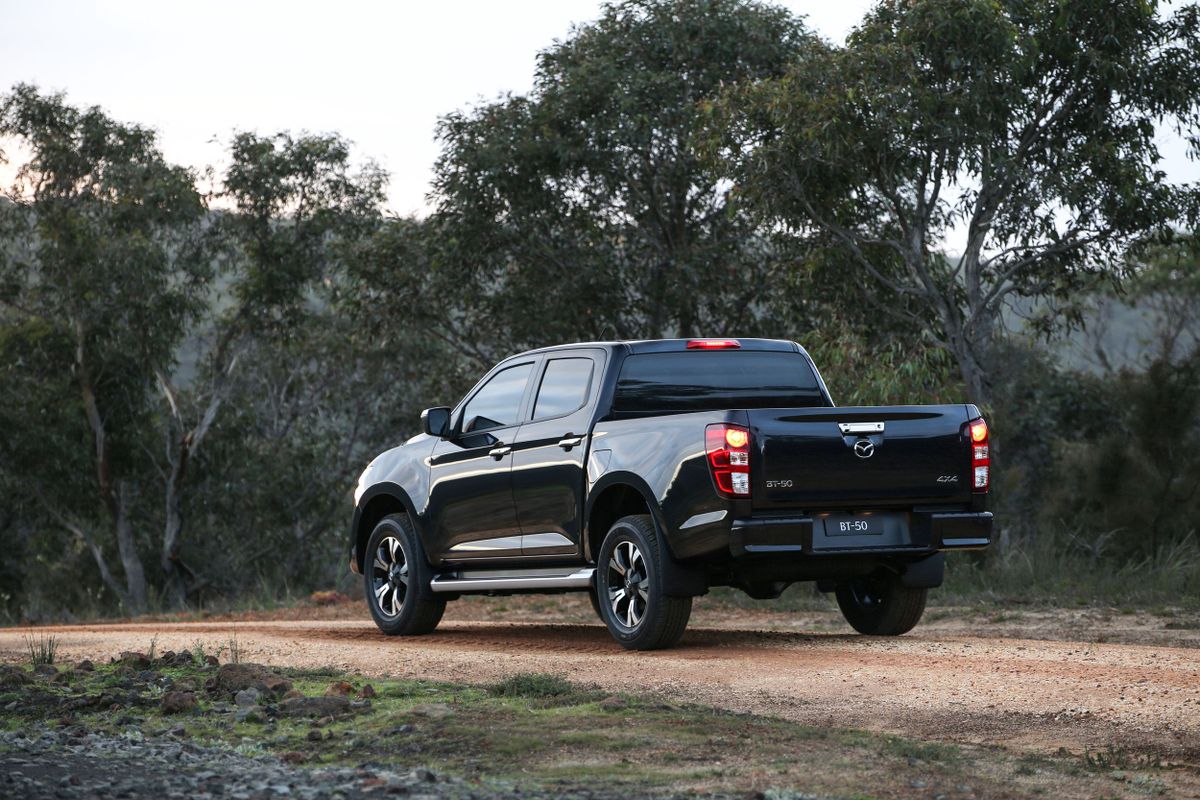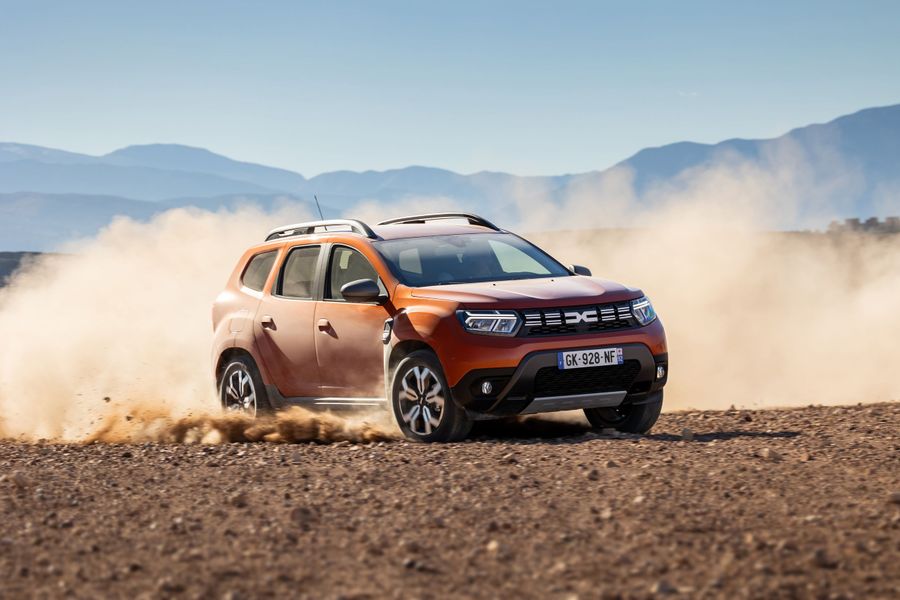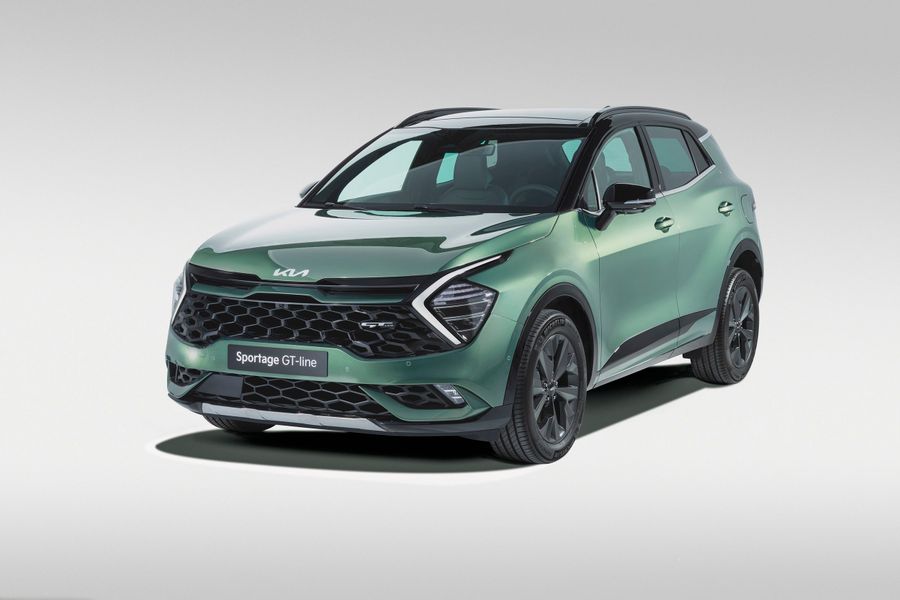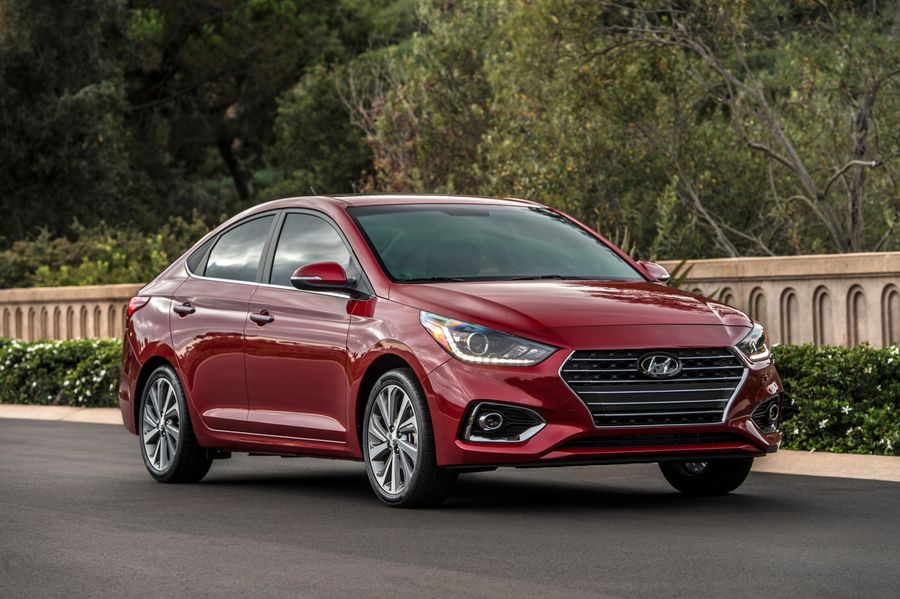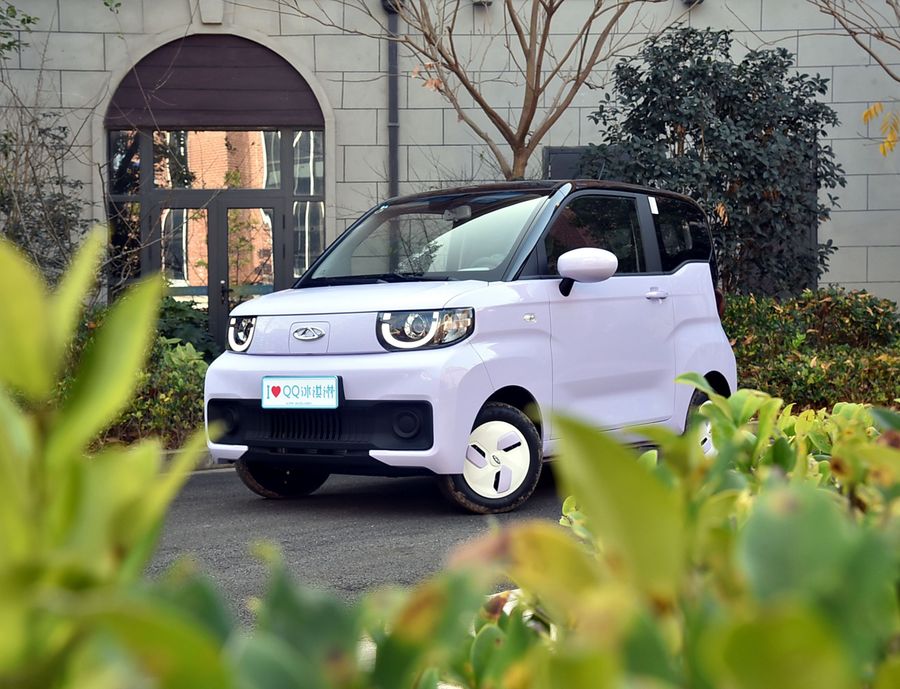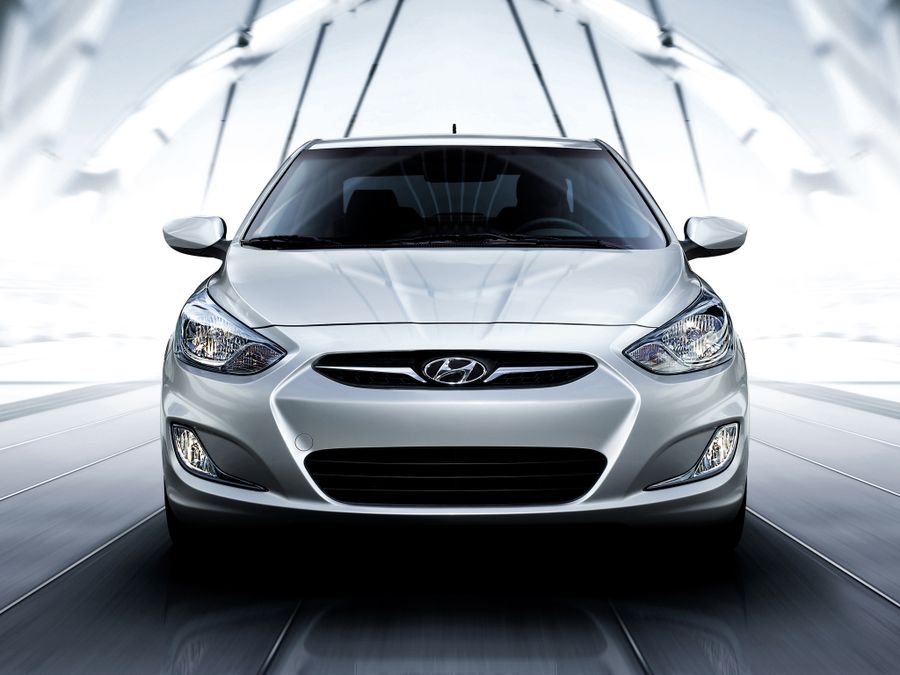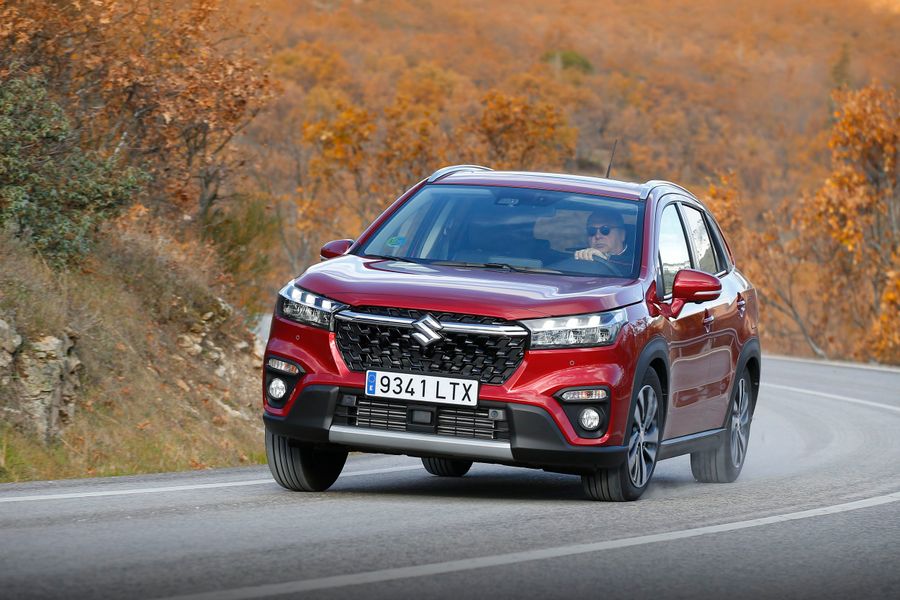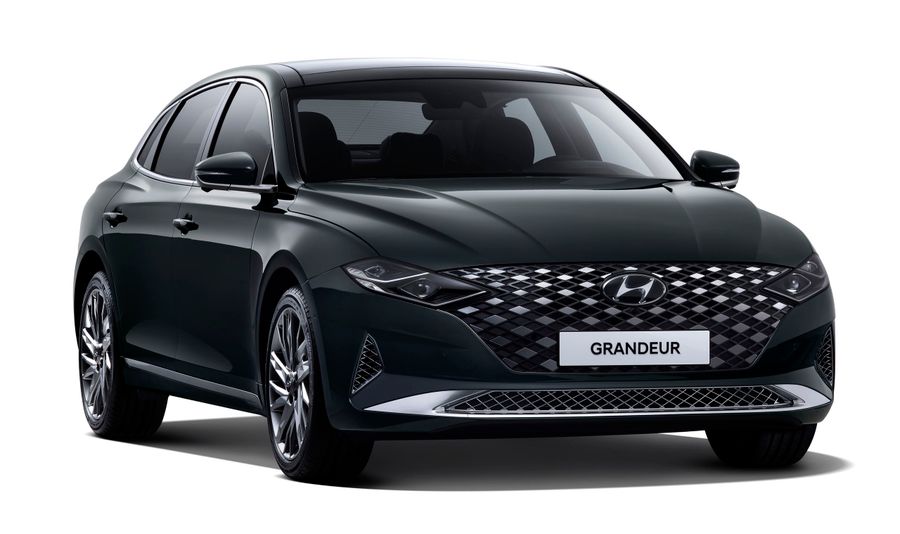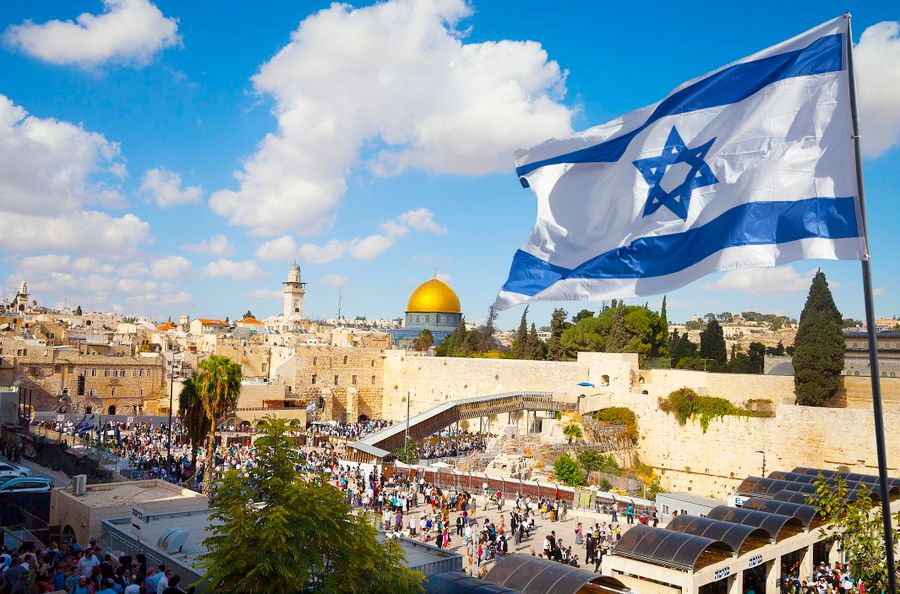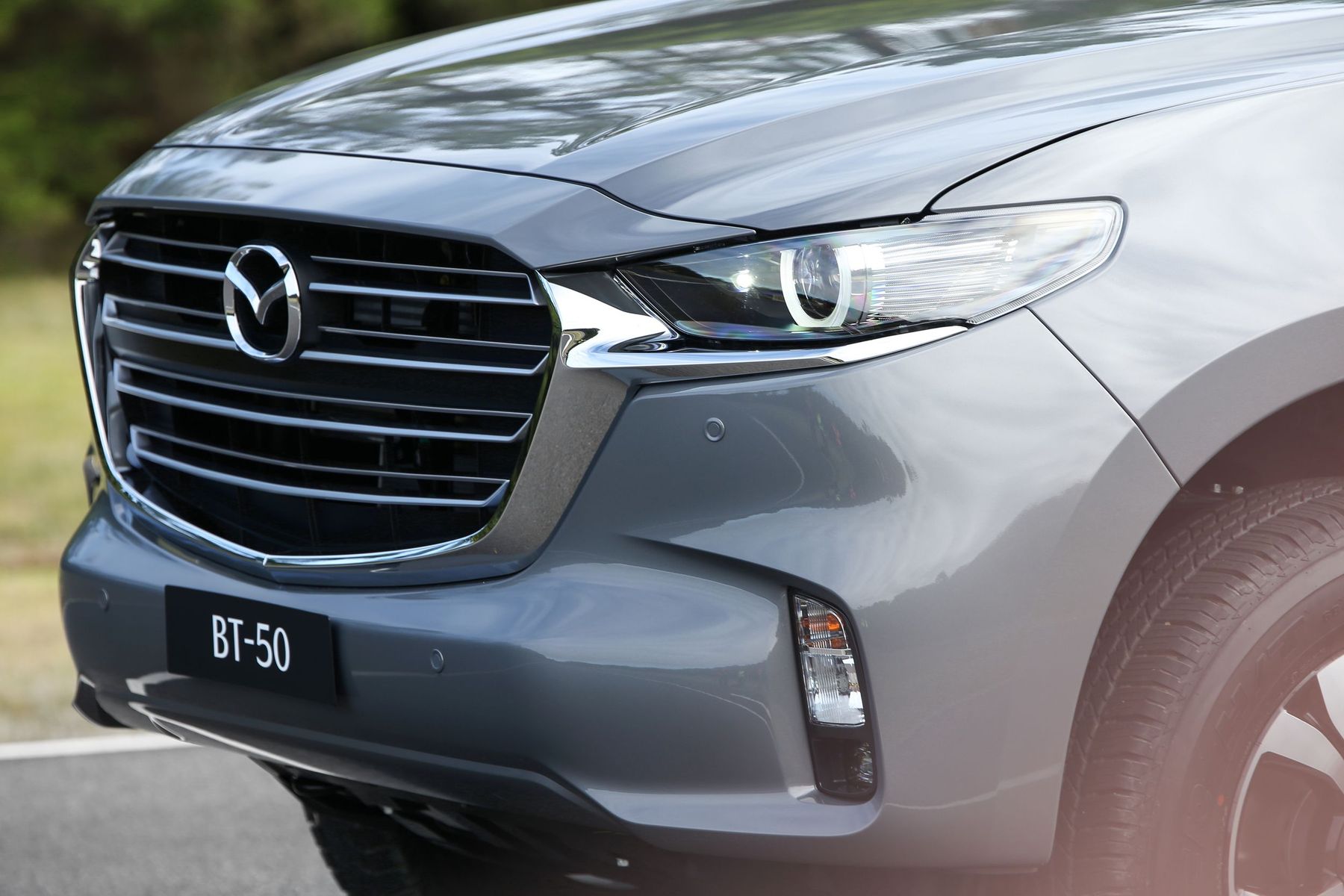
Mazda BT-50 Pickup. Non-Japanese ‘Japanese’
The Mazda BT-50 is a mid-size pickup, which, in fact, is not sold in Japan itself, as well as in North America and Israel, but is dearly loved in Asia, Australia, Africa and South America. Introduced in 2006, it has already changed three generations, and the third one debuted in 2020. The first two generations of the pickup were a redesigned Ford Ranger (due to the fact that the Ford Group owned about a third of the shares of Mazda Motor Corporation until 2008). The third incarnation of the BT-50 is the fruit of collaboration with another Japanese company, Isuzu: the car is somewhat similar to the Isuzu D-Max pickup, which is well known in Israel.
Israeli buyers can purchase the 2020/2021 third generation Isuzu D-Max. The pickup comes in single and double cab variants. It can have both rear and four-wheel drive. The engine is a 1.9-liter turbocharged diesel engine with 163 hp, coupled with a 6-speed manual or 6-speed automatic transmission. This renowned Isuzu diesel engine delivers superior fuel efficiency and high power and torque over the widest rpm range.
The first generation
The Mazda BT-50 was first presented at the Bangkok Auto Show on March 22, 2006. The debut generation was produced in three body versions:
- Two-seater single cab (RWD)
- Four-seater short cab (rear doors open in opposite directions, there are two rear seats)
- Four-seater long cab (rear seat is positioned far from front)
The vehicle was 5,075 mm long, 1,805 mm wide and 1,755 mm high. The wheelbase is 3,000 mm. The cargo compartment had the following dimensions: 1,530 × 1,456 × 465 mm. The ground clearance height is 205 mm.
Since the model was based on the Ford Ranger, the engines were also provided by Ford: 2.5 and 3-liter diesel in-line 4-cylinder Duratorq engines. Some markets offered a simple rear-wheel drive version with an old 2.2-liter Mazda diesel engine. Plus, the non-Japanese ‘Japanese’ inherited other features from its ‘sibling’: a full-fledged frame, independent suspension in front and dependent leaf spring in the rear, as well as an all-wheel drive system with a rigidly connected front axle. The pickup was equipped with a manual 5-speed transmission, and a new 5-speed automatic transmission with a Borg Warner transfer case appeared in late 2006.
Restyling took place in the first quarter of 2008: the pickup underwent minor design changes, received a new interior, and some options became standard. The first generation Mazda BT-50 was sold in Europe, Russia, Mexico, South Africa, Central and South America and Asia until 2011.
The second generation
The new Mazda BT-50 was unveiled at the October 2010 Australian International Auto Show and was also based on the Ford Ranger. The BT-50 was designed by the Mazda team at the Ford Australia Design Center in Melbourne, and only the windshield, roof and rear window were shared between the models. The car reduced its sales area and was offered only in the Australian, South African and Asian markets. The car could be equipped with a 2.2-liter diesel 4-cylinder engine (125 or 150 hp) or a 3.2-liter diesel 5-cylinder engine (200 hp), as well as a 2.5-liter gasoline 4-cylinder engine (166 hp). The engines were coupled with 6-speed gearboxes (manual or automatic ones, and the automatic transmission was not available to those who preferred gasoline engines).
In July 2015, the BT-50 was restyled. The restyling was primarily concentrated on the design, rather than on technology-related changes. The vehicle started featuring the slightly changed front and rear optics, redesigned radiator grille, new footsteps and wheel rims. The interior was finished with improved trim materials, and the list of options included a rear-view camera and new MZD Connect multimedia with Apple CarPlay and Android Auto as a sign that Mazda was monitoring progress and new trends.
4×4 Pangolin Edition
It was a touching special series in defense of endangered animals, pangolins, created in the Philippines by the local division of Mazda Philippines. The company released the 4×4 Pangolin Edition modification to draw attention to the endangered species of pangolin, an amazing scaled mammal. The vehicle looked brutal, featuring a matte black grille, an aluminum roof rack, deliberately rough riveted fender extensions, thick safety arches in the body, 17-inch black alloy wheels and a white sticker in the form of a pangolin silhouette on the doors. The vehicle was equipped with a 3.2 liter turbocharged 5-cylinder diesel engine. The pickup not only started costing less, but also acquired a 5-year free service from Mazda.
Pangolin is the only scaled mammal on Earth. It is nocturnal and eats ants. Poachers kill these peaceful animals for delicious meat and scales, which are used for medicinal purposes in Asia and Africa. The Pangolins are on the brink of extermination.
The third generation
In order to release a new pickup, Mazda decided not to go overseas and made friends with fellow countrymen, Isuzu. Introduced in June 2020, the third generation Mazda BT-50 is the sibling of the Isuzu D-Max pickup, well known in Israel. The frame, the cab frame, the cargo platform and some body parts are borrowed from it. The front face is a typical ‘Mazda’ designed in compliance with the corporate style Kodo, similar to the ‘faces’ of the CX SUVs. The rear end is original. The new Mazda BT-50 has become shorter than its predecessor, 5,280 against 5,373 mm. It has become lower (1,790 instead of 1,815 mm), and the wheelbase has also been reduced from 3,220 to 3,125 mm. The only parameter that has grown is the width (1,870 mm, 20 mm wider).
The redesigned interior has also been borrowed from the D-Max. In terms of equipment, this vehicle has never belonged to the work class, as the Mazda BT-50 is designed for outdoor activities rather than for commercial operation: leather interior, adaptive cruise control, automatic braking and lane keeping assist systems.
The engines of the 2020/2021 Mazda BT-50 were provided by Isuzu: a 3-liter turbocharged diesel engine (4 cylinders, 190 hp, 450 Nm), which cooperates with a manual transmission or a 6-speed automatic transmission. Following the Isuzu D-Max, the new Mazda BT-50 will also receive a 1.9-liter diesel engine (150 hp, with which the Isuzu pickup truck is supplied to Israel). Four-wheel drive is implemented according to the old scheme, implying connection of the front axle, absence of the center differential, rigid connection, and presence of speed-reducing gear and rear differential lock.


